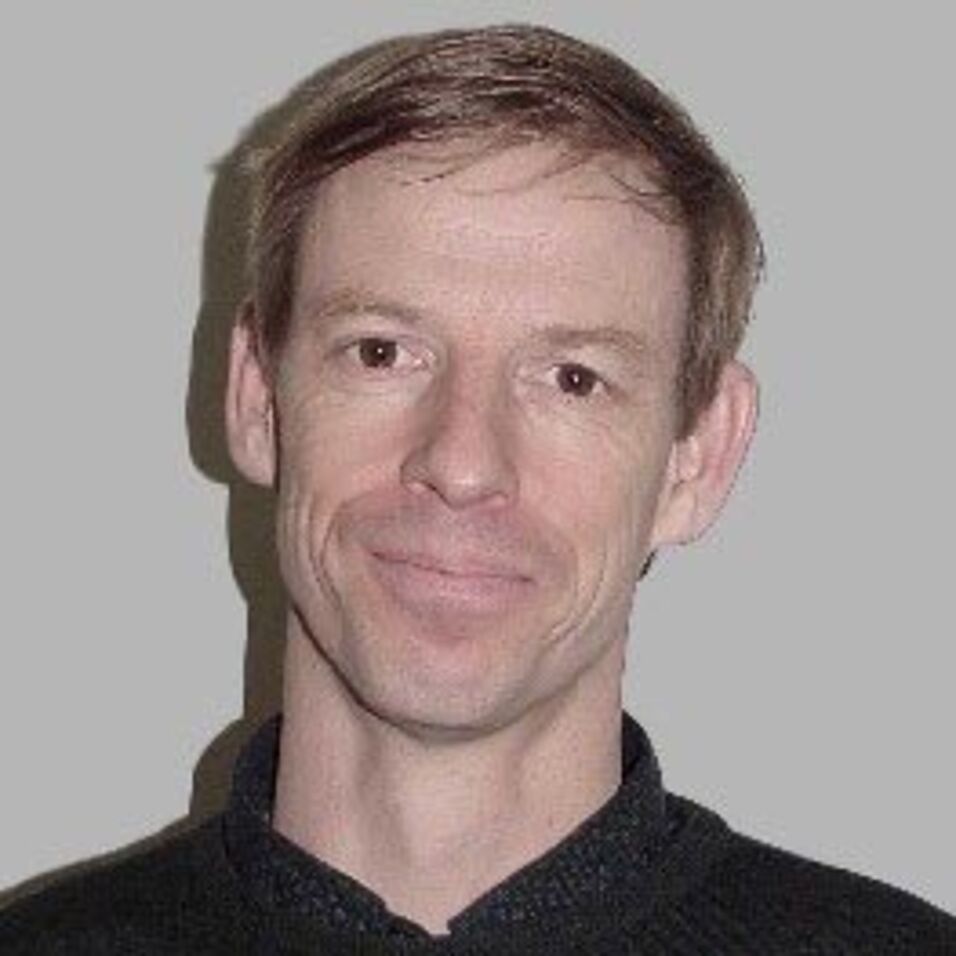Abstract:
Clusters and nanoparticles often have properties rather different to those of the corresponding bulk material, which is due to the large surface-to-volume ratio and in general to quantum size effects, the discretization of otherwise continuous densities of states. Especially the latter effect makes them highly interesting candidates for the study of few to many particle physics.
In my talk I will first explain the intricate interplay between electronic and geometric structure in simple metal clusters, which has been clarified by a combination of photoelectron spectroscopy on free, size-selected alkali and noble metal clusters and DFT-calculations [1,2]. Then I will concentrate on two examples of recent findings. The first example is form of the angular distributions of photoelectrons emitted from simple metal clusters [3].
These turn out to be almost classical, simply reflecting the rotational motion of the electrons within the approximately spherical clusters. It is, however, decohering many-electron dynamics which produces this behaviour via quenching of inferences, providing an interesting example of complex dynamics leading to a very simple result [4]. The second example relates to the dynamics of large silver clusters promptly heated to high temperatures by optical excitation in resonance with the plasmon resonance, as recently studied by time-resolved x-ray scattering at the free electron Laser FLASH within a larger collaboration involving the Technical University of Berlin, the MBI Berlin, the University of Rostock and the University of Freiburg. Depending on the amount of heating the clusters have been observed to melt, to enter a supercritical state where they immediately explode, or to break into larger liquid fragments. The latter could be explained by subsequent molecular dynamics simulations (Moseler group, University of Freiburg and IWM Freiburg), which found a curious soap-bubble-like expansion resulting from a simple classical cavitation effect.
These examples illustrate that clusters are close to ideal model systems for the study of a broad range of phenomena.
References:
[1] H. Häkkinen, M. Moseler, O. Kostko, N. Morgner, M. Astruc Hoffmann, and. B. v. Issendorff, Phys. Rev. Lett. 93, 093401 (2004)
[2] O. Kostko, B. Huber, M. Moseler, and B. v. Issendorff, Phys. Rev. Lett. 98, 043401 (2007)
[3] C. Bartels, C. Hock, J. Huwer, R. Kuhnen, J. Schwöbel, B. v. Issendorff, Science 323, 1323 (2009)
[4] A. Piechaczek, Ch. Bartels, Ch. Hock, J.-M. Rost, and B. v. Issendorff, Phys. Rev. Lett 126, 233201 (2021)

